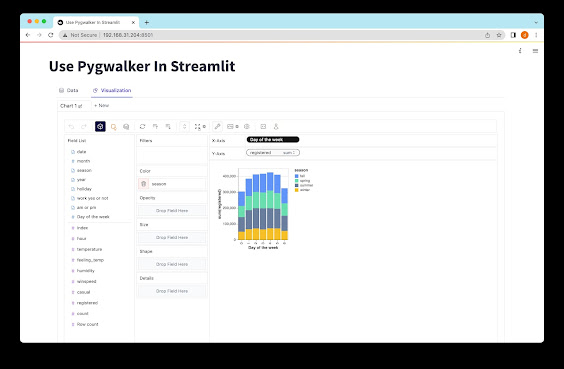Augmented Analytics: Revolutionizing Data Analysis
In today's fast-paced world, data is king. Not only does it drive business decisions, but it also holds immense potential for organizations to discover new opportunities and improve the overall efficiency of operations. However, with the sheer volume and complexity of data being generated today, traditional analytical approaches no longer suffice. Augmented analytics, with its use of artificial intelligence and machine learning, is the solution to this problem.
What is Augmented Analytics?
Augmented analytics is a data analytics approach that utilizes advanced algorithms and machine learning to automate data analysis tasks and guide decision-making processes. It combines the power of traditional analytics with machine learning algorithms, natural language processing, and automation to deliver business insights that are more accurate, comprehensive, and actionable.
By leveraging machine learning algorithms, augmented analytics can identify patterns, anomalies, and correlations that were previously undiscoverable by human analysts. Moreover, it can recommend actions and solutions based on the insights generated from the data.
How Augmented Analytics Works
Augmented analytics is a process that involves the following steps:
1. Data Ingestion and Preparation: The first step is to gather data from various sources and integrate it into a single repository. Once the data is collected, it needs to be cleaned, structured, and transformed into a format that can be analyzed.
2. Data Discovery: The augmented analytics platform then uses machine learning algorithms to analyze the data and identify patterns, trends, and relationships. It can identify statistical correlations and anomalies that are not immediately apparent to the human eye.
3. Insight Generation: The insights generated from the data are presented visually using charts, graphs, and other visualizations. The data is contextualized using natural language processing, which enables the augmented analytics platform to present the insights in a comprehensible manner.
4. Actionable Recommendations: The final step involves the platform making actionable recommendations based on the insights generated. These recommendations can be used to optimize processes, make informed decisions, and uncover new opportunities.
Benefits of Augmented Analytics
Augmented analytics offers several benefits to organizations that deploy it, including:
1. Faster Decision-Making: Augmented analytics streamlines the decision-making process by delivering insights in real-time. This enables organizations to make faster, data-driven decisions.
2. Improved Agility: By automating the data analysis process, augmented analytics enables organizations to adapt quickly to changing market conditions.
3. Better Insights: Augmented analytics can analyze vast amounts of data and identify patterns, trends, and relationships that traditional analytics approaches would miss. This provides organizations with a more comprehensive view of their operations.
4. Better Predictive Capabilities: Machine learning algorithms used in augmented analytics can predict future outcomes based on historical data. This enables organizations to anticipate issues and take proactive measures to avoid them.
Use Cases for Augmented Analytics
The applications of augmented analytics are diverse, and almost any organization can benefit from deploying it. Here are some use cases for augmented analytics:
1. Healthcare: Augmented analytics can be used in healthcare to analyze electronic health records (EHRs) and identify patterns in patient data. This can help healthcare providers make timely diagnoses and develop personalized treatment plans.
2. Retail: Augmented analytics can analyze customer data to provide personalized recommendations and improve customer loyalty.
3. Finance: Augmented analytics can analyze financial data to identify fraudulent transactions and monitor compliance.
4. Marketing: Augmented analytics can analyze customer behavior to identify trends and enable organizations to deliver targeted marketing messages.
Conclusion
Augmented analytics is changing the way organizations approach data analytics. By automating the data analysis process and using machine learning algorithms, augmented analytics enables organizations to make better decisions, faster. With the benefits it offers, such as improved agility, better insights, and faster decision-making, it is no surprise that more and more organizations are adopting augmented analytics. If you want to explore more in-depth about this technology, check out this article about augmented analytics in-depth.

Comments
Post a Comment